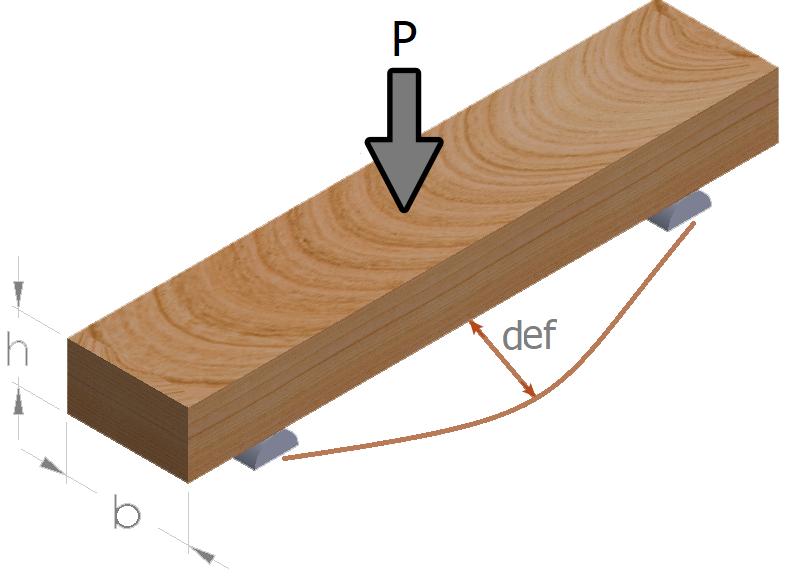Brazilian Woods Database
The Brazilian Forest Service (SFB) as national manager of the federal public forests has the mission to harmonize the use and conservation of forests, valuing them for the benefit of present and future generations. Among its tasks, stands out the implementation of forest concessions aimed at the sustainable use of timber and non-timber products, controlled and monitored by the government. In the development of technological research on resources and forest products, the Forest Service keeps the Forest Products Laboratory (LPF), a research center specialized in wood technology and products, which meets the demands of both, government agencies and the demand growing in various sectors of the Brazilian economy.
In this sense, the LPF has the task of producing the content and systematize the data and the information in this Database of Brazilian Woods, always having in mind the creation of an attractive, lightweight, practical and highly didactic format with an easy assimilation of the technical knowledge provided by the system. The use of wood, based on features, technical indicators and knowledge of their actual possibilities of use, will provide the correct application for this valuable natural resource adding value to their products .
The Database of Brazilian Woods is an important support and an essential tool available to the forest-based industry, the academic community and society, providing better dissemination of Brazilian woods in national and international markets. It will also facilitate the trading of lesser-known species in these markets and help to increase the use of a larger number of wood species in areas of sustainable forest management and therefore, helping the economic performance of the management activity in the forest areas of the country.
This database clearly shows that cooperation between the company and the government is successful and can be better utilized. In this case, it was structured in conjunction with associations of forest-based industries, which participated in the selection of species and supported the photographic documentation of trees and logs of wood in various regions of the country. We realize that developing such partnership mechanisms between research and business, government, society and the productive sector, will facilitate the improvement of the quality of the social, economic and environmental standards in the Brazilian sustainable development process.
Access Brazilian Wood Database
Remarks
Shrinkage (%): is the change in volume of the wood verified between the saturation point of the fibers (usually 30%) until dry at 0% moisture content
- Tangential: contraction on the tangential side to the growth rings of the wood.
- Radial: contraction on the radial face to the growth rings of the wood.
- Volumetric: total contraction of the volume of the wood.
- Shrinkage Tangential/Shrinkage Radial: relationship between the tangential and radial contractions of the wood, also known as the coefficient of anisotropy.
In the mechanical properties, the dry and green conditions refer to:
-
Dry: ratio between mass and sample volume, both dry and conditioned to the equilibrium moisture content of 12%.
- Green: relationship between mass and sample volume, both saturated with water.
Properties













